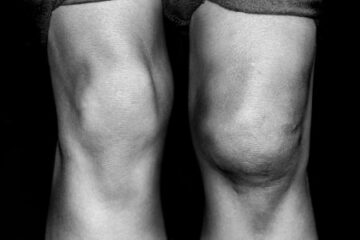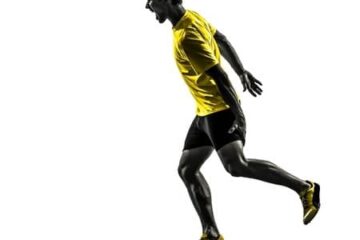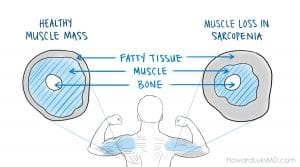
Overuse injuries are common in runners and active individuals alike. Shin splints are one of the most common overuse injuries we see. Unfortunately, many people refer to any pain along their shin as shin splints. That’s not true. The term shin splints refers to a very specific entrity. A proper diagnosis is of paramount importance to be sure that you manage your running injury or shin splints appropriately.
What Are Shin Splints?
Shin splints speaks to a very specific region of pain along the lower, inner portion of your tibia or shin. Pain up at the top of your leg, pain in the front of your leg, or pain along your calf is not related to shin splints. the symptoms of shin splints generally come on slowly. It starts with mild pain and progresses over time. Early intervention is key to get you back on the trails or the pitch.
Why Do Shin Splints Occur?
Most well respected research sources or experts are not entirely sure why shin splints occur. There are many hypotheses and many different opinions about what structure is causing the pain you are experiencing. Many have postulated that the soleus muscle (a calf muscle) is involved, others claim the posterior tibial tendon is at fault. The bottom line seems to be that the tough membrane or tissue attaching to the bottom, inner side of your shin pulls on the bone during running. This repetitive force causes the tissue to breakdown, and actually causes a reaction in the bone and the periosteum, which is the tissue covering the bone. That produces swelling, tenderness and significant pain with attempts at running or sports.
What Else Could That Pain Be Due To:
Leg pain can be due to stress fractures of your tibia, exertional compartment syndrome where the muscles get so tight from running that they starve themselves of oxygen, popliteal artery syndrome — a rare cause of leg pain due to kinking of an artery into your leg and calf strains, or other tendon related maladies.
How Do I Treat Shin Splints?
Shin splints treatment needs to start as soon as you suspect the diagnosis. This is usually a problem that will worsen over time.
- Curbing back your running schedule is the first step.
- Next is making sure you have the proper shoes. Changing your shoes might be necessary too.
- If you run on a road that is curved or has a camber, switch the side of the road you usually run on. If you run on a track, change the direction.
- Your running style, particularly over-striding and low cadence run puts you at an increased risk.
- Consider shortening your stride and notching up your cadence to 170-180 after you’ve recovered.
- Weak hip strength, particularly the abductors will make your body sway during running. This will increase your chance of developing shin splints.
- Working on hip strengthening, and core stability exercises will help prevent a lateral or side sway.
- Stretching your calf and the muscles in the back of the leg is also very important. There are many videos on YouTube that can show you how to stretch the soleus muscle.
Shin splints will creep up on you. The sooner you recognize it and start to address the underlying issues, the sooner you will be back to running or back on the field.
More interesting tidbits on shin splints here.
Do you have questions regarding an Orthopedic injury or longevity?
Do you want to talk to an expert who can listen to you for 45-60 minutes and explain the options in detail?
Dr. Howard Luks offers remote guidance sessions to review your X-ray or MRI images and explain your options.
Dr. Luks has also received hundreds of requests for educational sessions on the topics discussed in his book, Longevity Simplified.












